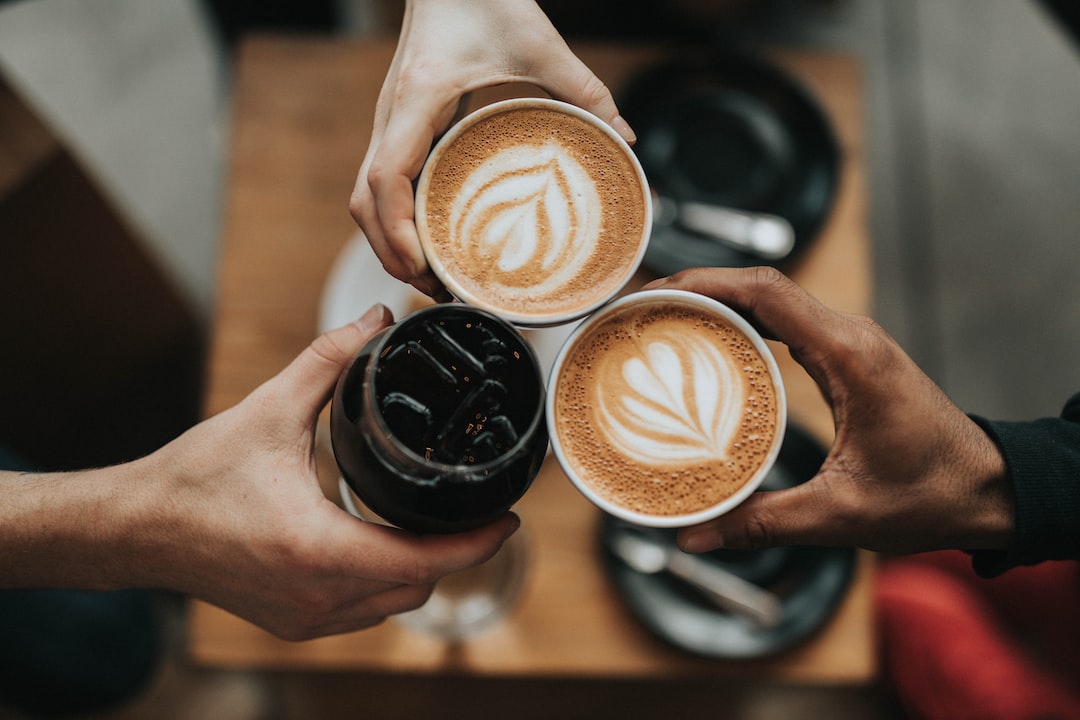Social Media as a Tool for Social Change: Examining Movements that Went Viral
In today’s digital age, social media has emerged as a powerful tool that has the potential to shape and transform societies. With the ability to connect people from all walks of life, social media platforms have become conduits for spreading messages, raising awareness, and mobilizing masses. We have witnessed numerous instances where social media movements have gained viral momentum and brought about tangible social change. These movements serve as a testament to the immense power of technology and its ability to unite people under a common cause.
One such movement that went viral and brought about significant change is the #MeToo movement. What started as a hashtag on Twitter in 2017 quickly evolved into a global movement aimed at raising awareness about sexual harassment and assault. The movement encouraged survivors to share their stories, thereby shedding light on the magnitude of the problem. Social media provided a safe space for victims to come forward, offering support and solidarity.
The influence of the #MeToo movement was undeniable. It not only exposed the prevalent issue of sexual misconduct but also pushed the conversation into mainstream society and media. Powerful individuals, previously shielded from accountability, were brought down from their pedestals as victims found the courage to speak up. The movement also highlighted the need for reforms in laws and policies to protect survivors and hold perpetrators accountable. Without the reach and speed of social media, the #MeToo movement may not have gained such wide recognition and led to tangible changes in society.
Similarly, the Black Lives Matter (BLM) movement is another powerful example of social media’s impact on social change. BLM was birthed on social media platforms, particularly Twitter, with the aim of combating systemic racism and police brutality. The movement gained significant traction following the unjust killing of Trayvon Martin and the subsequent acquittal of his killer. In the wake of these events, the hashtag #BlackLivesMatter went viral and became a rallying cry for justice.
Social media allowed the movement’s activists to share news, organize protests, and amplify their message. The proliferation of powerful visuals and videos showcasing police brutality against Black individuals sparked outrage and compelled people to join the cause. It facilitated the mobilization of masses, leading to widespread protests and calls for reform. Social media helped in breaking down geographical barriers, creating a sense of unity among activists, and drawing attention to the systemic issues that needed addressing.
The BLM movement, along with its digital presence, highlighted the widespread nature of racial injustice and pushed it to the forefront of global conversation. Through the power of social media, the movement was able to hold people accountable, demand policy changes, and galvanize society to confront racial disparities. It compelled governments, corporations, and communities to examine their own biases and work towards building a more inclusive and equitable future.
Furthermore, the impact of social media is not only restricted to large-scale movements but can also be observed through various localized campaigns. For example, the ALS Ice Bucket Challenge, which went viral in 2014, aimed to raise awareness about amyotrophic lateral sclerosis (ALS) and generate donations for research. The challenge involved individuals dumping a bucket of ice-cold water on themselves and nominating others to do the same. Through the power of social media, the campaign spread like wildfire, with celebrities, politicians, and everyday people taking part.
The ALS Ice Bucket Challenge was hugely successful in achieving its objectives. It not only garnered widespread media attention but also raised an incredible amount of funds for ALS research. The ALS Association reported receiving $115 million in donations during the height of the campaign, which directly contributed to advancing research efforts and support for those affected by the disease. The viral nature of the challenge harnessed the power of social media to create a collective force for positive change.
In conclusion, social media has become an integral platform for social change, enabling movements to gain momentum, raise awareness, and bring about tangible results. The power of social media is evident in movements like #MeToo, Black Lives Matter, and the ALS Ice Bucket Challenge, where viral campaigns have created significant impact. These movements demonstrate that social media has the ability to unite people, amplify voices, and challenge societal norms. As technology continues to evolve, we can expect social media to play an even more vital role in shaping the future of social change.
